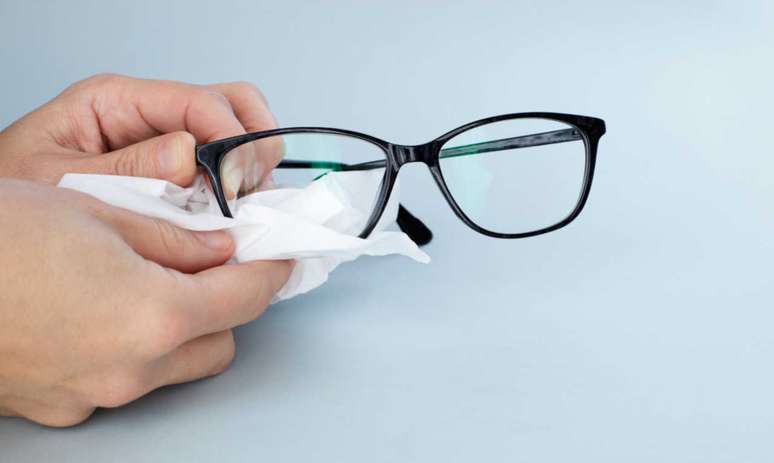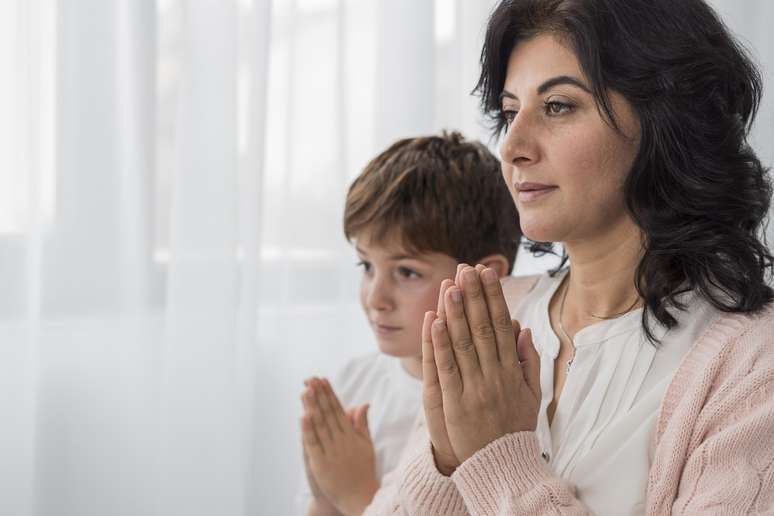Lenses with peripheral blur technology can reduce the effects of myopia by up to 60%. The problem is more harmful to children
Myopia is a visual disorder that interferes with the ability to see at a distance. According to the Ministry of Health, in a person with normal vision, light rays pass through the cornea, which is the first lens of the eye, and when they reach the other lens, the retina, they unite at the same point to form the image.
People with nearsightedness, on the other hand, have a “longer” eyeball, which causes the image to form before light reaches the retina, making it difficult for the person to see at a distance.
According to Dr. Fabíola Gavioli Marazato, ophthalmologist at the CBV-Hospital de Olhos, the increase in the number of myopes in the coming decades has worried ophthalmologists. “Changes in habits, especially of children, in the phase in which the eye is growing, favor the onset and progression of myopia,” he says.
Furthermore, it points out that the
html[data-range=”xlarge”] figure image img.img-e85af1a1b1ac2576e3738177037b19a71p9vs7x3 { width: 774px; height: 463px; }HTML[data-range=”large”] figure image img.img-e85af1a1b1ac2576e3738177037b19a71p9vs7x3 { width: 548px; height: 328px; }HTML[data-range=”small”] figure image img.img-e85af1a1b1ac2576e3738177037b19a71p9vs7x3, html[data-range=”medium”] figure image img.img-e85af1a1b1ac2576e3738177037b19a71p9vs7x3 { width: 564px; height: 337px; }
, deteriorated after the pandemic and the decrease in outdoor activities contribute to this increase. The World Health Organization (WHO) has warned that the disease is a “silent epidemic”. About half of the world’s population will be nearsighted by 2050, according to current projections. Despite this, some measures can control the increase in the degree and slow the growth of the eye, including special eyeglass lenses for this purpose.
Lenses able to curb myopia
“Recently, lenses with a specific design have come onto the market that cause peripheral blurring of the image, but maintain sharpness in the center of the lens. While new and in need of further long-term study, they are promising and have the ease of use by of children, because in appearance they do not differ from normal eyeglass lenses”, explains Fabiola.
These lenses use Peripheral Blur Technology (DIMS) or HALT (Highly Aspherical Lenslet Target). They are recommended for children aged 6 to 13 and should be worn for at least 12-15 hours a day, with the effects being noticeable after 2 years of use. There’s about a 60 percent reduction in the degree increase, the doctor points out.
“Until these lenses appeared, there was only the possibility of using eye drops to achieve this effect, but in some cases with the discomfort of blurred vision and photophobia.
Contact lenses with similar technology are also being launched to address this myopia epidemic,” says the ophthalmologist.
Myopia harms children’s learning and health
The new lenses show promise for children living with nearsightedness. Mainly because the visual problem usually hinders the learning process as well as the well-being of the whole organism.
According to ophthalmologist Leôncio Queiroz Neto, president of the Instituto Penido Burnier, correcting myopia is essential for children’s learning. “This was demonstrated by a survey conducted on 36,000 public school children. They received the glasses during a social action promoted by the hospital in collaboration with the Municipality of Campinas”, he explains.
After one year of wearing glasses, 50% had improved academic performance and 36.2% were less agitated. This is evidence of the importance of monitoring eye health in childhood.
Leôncio states that myopia also increases the tendency to depression and insomnia, especially among very myopic individuals. This was demonstrated by another study published in the scientific journal Nature. “This happens because our whole body is governed by light, which sensitizes the photosensitive cells of the retina and tells a part of our brain when it is day or night,” he points out.
Source: Terra
Ben Stock is a lifestyle journalist and author at Gossipify. He writes about topics such as health, wellness, travel, food and home decor. He provides practical advice and inspiration to improve well-being, keeps readers up to date with latest lifestyle news and trends, known for his engaging writing style, in-depth analysis and unique perspectives.









